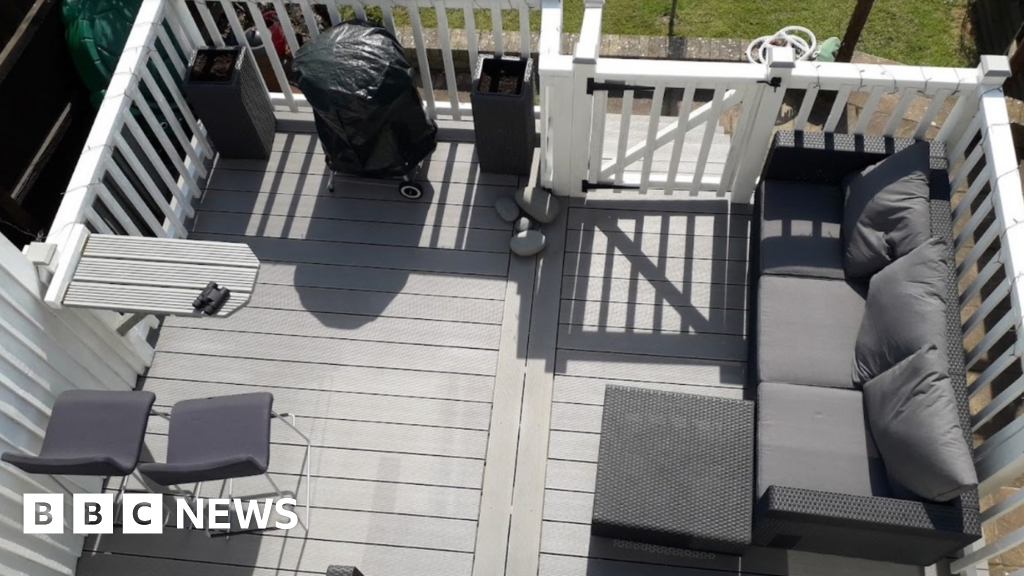A homeowner has used Google Earth to keep decking he built in his garden after a planning permission dispute with a council. Gareth William Leek, from Pontypool, Torfaen, had been told a planning application was required for his decking years after it was built because it was about 50cm (20in) too far off the ground. Decking more than 30cm (12in) requires planning permission, but local authorities must take action within four years for most developments. A planning officer concluded there was no reason to doubt the decking had not been "substantially completed" for less than four years and Mr Leek's certificate of lawful development was granted. The application stated the decking had been completed in October 2017 and a statement from a neighbour supported Mr Leek's claim it had been built since at least 2019, when they moved to St Augustine Road in Griffithstown, Pontypool. As part of his evidence, Mr Leek also dug out old photographs dating back to August 2017, when the raised wooden platform was constructed. The council planning department said the 4.84m wide, and 3.82m long, light grey composite decking was 83cm from the ground level, meaning it is just over half a metre over the height that requires planning approval, which is 30cm. Planning officer Simon Pritchard said the council accepted the evidence put forward by Mr Leek which included a Google Earth aerial photograph from June 2018. Mr Pritchard said the council did not have any evidence itself, or from anyone else, to contradict the information provided.
Man uses Google Earth to win decking planning row
TruthLens AI Suggested Headline:
"Homeowner Successfully Uses Google Earth Evidence to Retain Garden Decking"
TruthLens AI Summary
A homeowner in Pontypool, Torfaen, Gareth William Leek, successfully defended his right to keep a decking structure built in his garden after a dispute with the local council regarding planning permissions. The conflict arose when the council informed Mr. Leek that he required planning permission for the decking, which was reportedly constructed about 50 centimeters too high above the ground. According to local regulations, any decking that exceeds 30 centimeters in height mandates planning approval. However, a crucial aspect of the case was that local authorities typically must act on any planning applications within four years of the development. Mr. Leek presented a certificate of lawful development, asserting that the decking was completed in October 2017, and backed this claim with testimony from a neighbor who confirmed that the decking had been in place since at least 2019, shortly after they moved into the area.
In support of his defense, Mr. Leek provided photographic evidence dating back to August 2017, showing the construction of the raised wooden platform. The dimensions of the decking were noted as 4.84 meters wide and 3.82 meters long, with a height of 83 centimeters from ground level, thus exceeding the permissible height by just over half a meter. Planning officer Simon Pritchard stated that the council accepted Mr. Leek's evidence, which notably included a Google Earth aerial photograph from June 2018. This photograph was instrumental in establishing that the decking had been substantially completed within the allowable timeframe. Mr. Pritchard concluded that the council lacked any counter-evidence to challenge the information provided by Mr. Leek, ultimately allowing him to retain his decking without the need for additional planning permissions.
TruthLens AI Analysis
You need to be a member to generate the AI analysis for this article.
Log In to Generate AnalysisNot a member yet? Register for free.
